Managing Editor Grant Chu Covell works in the Boston area. He once worked for a global technology company that made hardware which Xenakis and Babbitt used to good effect. He was the publisher of the brilliant but forgotten The Periodic Journal of Bibliography (1990-95), and his music reviews have appeared in EAR Magazine and InMusic. His instrumental and electroacoustic music has been performed in the U.S. and abroad, and he has shared many CDs of his music with family and friends (one piece was recorded in a refrigerator). A short article about a composition he wrote for piano and tape can be found in the Csound Magazine. Two electroacoustic works have appeared in commercial compilations: Presence III and The Door Project. A recent CD can be found here, and another is in preparation. A long departed family dog’s name was taken from a character in Wagner’s Ring.
Grant Chu Covell

Armchair Operas (and Voices) 15.
Even though Gould appears, this opera is about creativity and achievement, or mediocrity and failure depending upon your perspective.

Armchair Operas (and Voices) 15.
Even though Gould appears, this opera is about creativity and achievement, or mediocrity and failure depending upon your perspective.

Ramble with Artificial Limb
Six composers were asked to write pieces which respond to exhibits or objects in the London Science Museum.

Ramble with Artificial Limb
Six composers were asked to write pieces which respond to exhibits or objects in the London Science Museum.

Piano Factory 28.
My favorite track is the Prelude from Bach’s Second English Suite which glows fantastically on Fender Rhodes.

Piano Factory 28.
My favorite track is the Prelude from Bach’s Second English Suite which glows fantastically on Fender Rhodes.

Pièces de Clavecin 12: Old and New
McNabney reminds that much French Baroque music we associate with harpsichord may have originally been intended for other forces.

Pièces de Clavecin 12: Old and New
McNabney reminds that much French Baroque music we associate with harpsichord may have originally been intended for other forces.
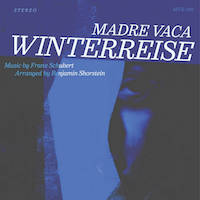
(Dis)Arrangements 12: Winterreisen
This jazz octet cuts right to the heart of Winterreise sooner and more surely than most.

(Dis)Arrangements 12: Winterreisen
This jazz octet cuts right to the heart of Winterreise sooner and more surely than most.
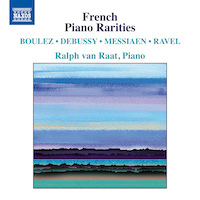
Piano Factory 27.
Van Raat wraps unfamiliar French piano music around a Boulez premiere.

Piano Factory 27.
Van Raat wraps unfamiliar French piano music around a Boulez premiere.

String Theory 35: Mostly Guitars
Fongaard explored electric guitar tunings and extended techniques, and employed tape effects as they became available.

String Theory 35: Mostly Guitars
Fongaard explored electric guitar tunings and extended techniques, and employed tape effects as they became available.

String Theory 34: Many Guitars and a Banjo
Comfortably unclassifiable, Elwood’s improvisations and pieces explore the banjo and its tropes.

String Theory 34: Many Guitars and a Banjo
Comfortably unclassifiable, Elwood’s improvisations and pieces explore the banjo and its tropes.
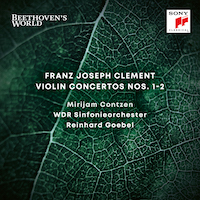
Concerto Concentrations 5: “Beethoven’s World”
These four discs give the impression that their featured composers were intending to entertain, whereas Beethoven was striving for permanence.

Concerto Concentrations 5: “Beethoven’s World”
These four discs give the impression that their featured composers were intending to entertain, whereas Beethoven was striving for permanence.
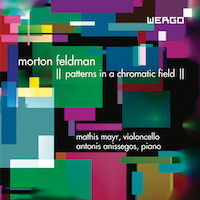
String Theory 33: Mostly Cellos and Basses
The boldest surprise in Patterns in a Chromatic Field is how after ten minutes, plus or minus, the activity level plummets.

String Theory 33: Mostly Cellos and Basses
The boldest surprise in Patterns in a Chromatic Field is how after ten minutes, plus or minus, the activity level plummets.
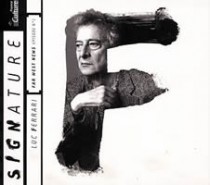
Mostly Symphonies 37: Luc Ferrari’s Histoire du Plaisir et de la Désolation
We do not think of Luc Ferrari as a composer of symphonies, but his most effective symphonic work is perhaps Histoire du plaisir et de la désolation.

Mostly Symphonies 37: Luc Ferrari’s Histoire du Plaisir et de la Désolation
We do not think of Luc Ferrari as a composer of symphonies, but his most effective symphonic work is perhaps Histoire du plaisir et de la désolation.

String Theory 32: Quartets, plus or minus
Electricity and fire pervade this release.

String Theory 32: Quartets, plus or minus
Electricity and fire pervade this release.